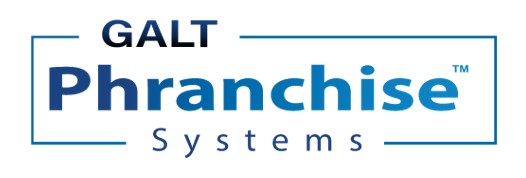My favorite scene in the Marvel movie, Captain America, is little Steve Rogers out-thinking the big oafs in his platoon. While on a long run, in full gear, the platoon comes to a flag atop a tall silver pole. The platoon Sargent challenges the platoon to retrieve the flag and awarding the one who does so with a ride back to camp in a jeep. The oafs are not able to gain a grip when attacking the pole with their sweaty hands and fail to reach the flag. Rogers, arriving to the pole after the oafs admit defeat, briefly studied the pole and surprises everyone by simply removing the pin holding it upright…and thus capturing the flag when the pole simply fell to the ground.
Little guys have to outmaneuver, to do something different, when big oafs attempt to control a situation. In a world where PBMs are big oafs, is there room for us little guys, the community pharmacist?
PBM revenue streams have multiplied since their inception as they identified opportunities. Initially providing benefit and utilization models for their customers, they generated income through manufacturer rebates exchanged for formulary positioning under the auspices of off-setting costs. As a new business model with low barrier to entry, additional start-ups created significant competition among PBMs that soon led to bleeding rebates as customer savvy increased. With increased competition chasing the same customers, the PBM business model became endangered as only a service provider of formulary designs.
Community pharmacy seems to be stuck as a service provider. Pharmacists should consider the lessons provided by example of PBMs made aggressive leaps from service provider to marketplace manager. A provider receives set payments…a manager determines the payments. PBMs grew by identifying additional revenue streams where they uniquely influenced activities within a market. While their reliance on manufacturer rebates decreased, they began leveraging their pharmacy contracts to profit through payment spreads (what they owed the retail pharmacy vs. what they billed their own customer), administration fees (both sides, from the customer as well as their network), claims processing and DIR remuneration fees when claim data did not readily meet expectations. Additionally, PBMs transferred negative positioning with specialty and mail-order pharmacies into advantage by acquiring their own specialty and mail-order pharmacies. Perhaps the most astonishing source of new revenue was “clawbacks”, where PBMs took back part of previously completed payments to pharmacies when contracted costs were discovered less than payment copayments.
The point is PBMs evolved from service provider to market manager. Yet, community pharmacists often maintain their focus on providing the service of filling prescriptions. If the pharmacy margin per script decreases because of PBMs, the impulsive response of many to maintain the store’s gross margin is to fill more scripts. Enterprising independents have attempted to break this response by offering new products and services to reduce reliance on prescription counts. Examples include vaccines, group purchasing options, disease specific marketing, CBD, MTM and specialty dispensing. However, even these tactics are susceptible to being niched as providing service and will eventually yield diminishing returns.
We would challenge community pharmacists to become market managers by leveraging their single greatest attribute: patient engagement. The long-standing trust customers place in their pharmacist is evident each time they return to the store. Is this post yet another imploration of patient counseling? No, at least not as it is taught in today’s pharmacy schools. Pharmacists largely lost the argument of being paid to counsel. The battle began over forty years ago – and – was lost soon afterwards by not monetizing the value of doing so. I remember sitting through numerous CE events in the 1980’s preparing to submit counseling claims via HCFA 1500 forms – only leading to chronically stained fingertips from carbon slips!
Today’s PBM machinations continue to restrict independent pharmacy’s ability to profit. If profit is to be had, they seem to think, then it should belong to them. Hogwash. Learning to manage a market is challenging, but it will be impossible if we continue to respond robotically to evolving PBM tactics.
We asked earlier if there was room for us little guys, the independent pharmacist. Yes, there is. We started Galt Pharmaceuticals specifically to serve patients through independent pharmacies. We want to help others evolve from service provider to market manager; to create margins fifty times the insignificant dispensing fees tossed to us as scraps. Is this possible? Yes, we see it every day working with partners to outmaneuver the big oafs. Let’s talk.
Author:

Chairman & Co-Founder at Galt Companies.


